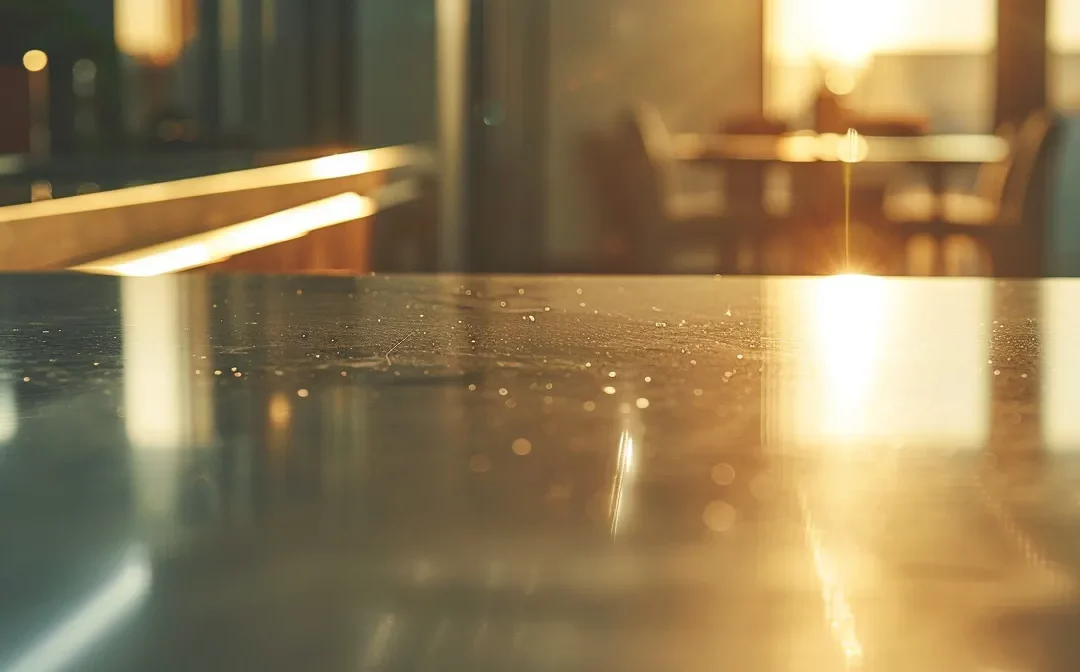Table Of Contents:
- Key Takeaways
- The Size and Layout of Your Benchtop Affects Cost
- Choice of Resurfacing Materials Influences Price
- Surface Condition and Preparation Requirements Matter
- How Professional Expertise Affects Labor Costs
- How Location and Accessibility Influence Resurfacing Cost
- Additional Features and Customizations Add to Cost
- Conclusion
When considering benchtop resurfacing, you may wonder what affects the final price. Factors such as the size and layout of your benchtop, the choice of environmentally friendly resurfacing materials, and the surface condition can significantly influence costs. This article will explain how different aspects like professional expertise and additional features impact the overall price. By understanding these elements, you can make well-informed decisions, ensuring your resurfacing project meets your needs without exceeding your budget.
Key Takeaways
- Accurate measurements are essential for determining the cost of benchtop resurfacing
- Complex layouts and unique designs significantly influence resurfacing project prices
- The choice of materials impacts both cost and durability for your benchtop
- Professional expertise is crucial for quality resurfacing outcomes and avoiding additional costs
- Custom features like sink cutouts can increase both functionality and overall resurfacing costs
The Size and Layout of Your Benchtop Affects Cost
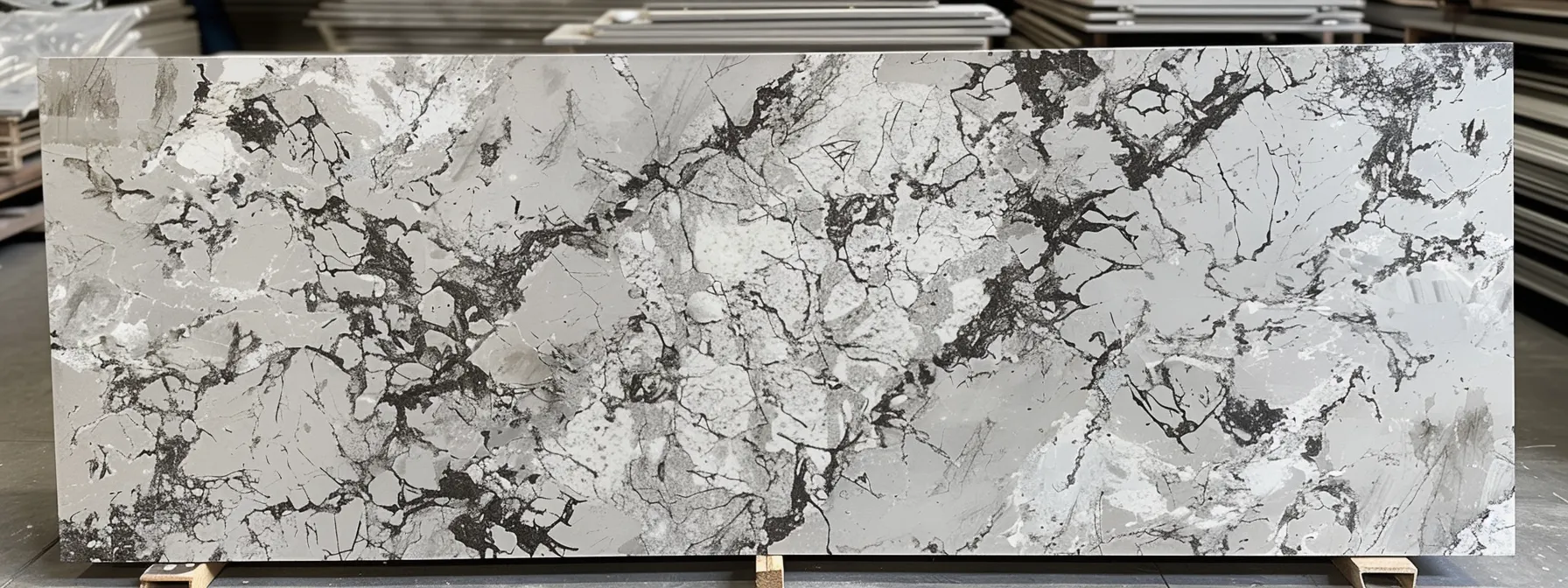
Measuring your benchtop area accurately is vital for determining the cost of resurfacing. The overall size and any complex layouts can significantly impact the final price. Additionally, factors such as the choice of materials—like marble—and the need for cabinet painting can also play a role. Understanding these elements ensures you get the best value Bathrooms and Kitchens service, including a solid warranty from your handyman.
Measuring Your Benchtop Area Accurately
To get an accurate price estimate for your benchtop resurfacing, you must measure your benchtop area carefully. Start by measuring the length and width of your countertop Fimagine Home Page. If you have a layout that includes a dishwasher or other appliances, consider how these elements may affect your overall surface area Bathrooms and Kitchens. This attention to detail ensures that you account for every section, helping to avoid unexpected costs.
Consider the materials involved when measuring your benchtop. If you plan to use steel or resin for resurfacing, the size can impact not only the material costs but also the complexity of the job. For instance, if your benchtop features sleek lamination or intricate shapes, you’ll need to factor in these specifications when seeking an accurate quote.
Your interior design preferences will also play a role in determining the final resurfacing cost. Each design choice, from color to texture, can influence the price based on the materials used and the area involved. By measuring your benchtop accurately, you can provide detailed information to your resurfacing professional, ensuring that the project aligns with your vision and budget.
Impact of Complex Layouts on Resurfacing Price
A complex layout can significantly influence the resurfacing price of your benchtop. When your benchtop features unique shapes or cut-outs, such as for sinks or appliances, this adds to the difficulty of the job. More intricate designs often require additional time and labor, which can raise the overall cost of the resurfacing project.
The materials you choose matter too. For example, if you opt for quartz rather than a simpler laminate, the cost will reflect both the material’s price and the skill needed to install it properly. Additionally, complexities like grout lines in a textured design can further affect the pricing, as thorough attention is needed to ensure a flawless finish while reducing the chance of future wear and tear.
If you’re considering a do it yourself approach for your resurfacing project, be aware that complex layouts may challenge even the most skilled amateurs. Assessing your layout carefully will help you understand the knowledge and tools you need to achieve quality results. Without this preparation, you might incur extra costs due to mistakes, which could offset any savings gained from handling the project yourself:
The size and layout of your benchtop set the stage for cost. Now, consider how the choice of resurfacing materials can shape that price even further.
Choice of Resurfacing Materials Influences Price
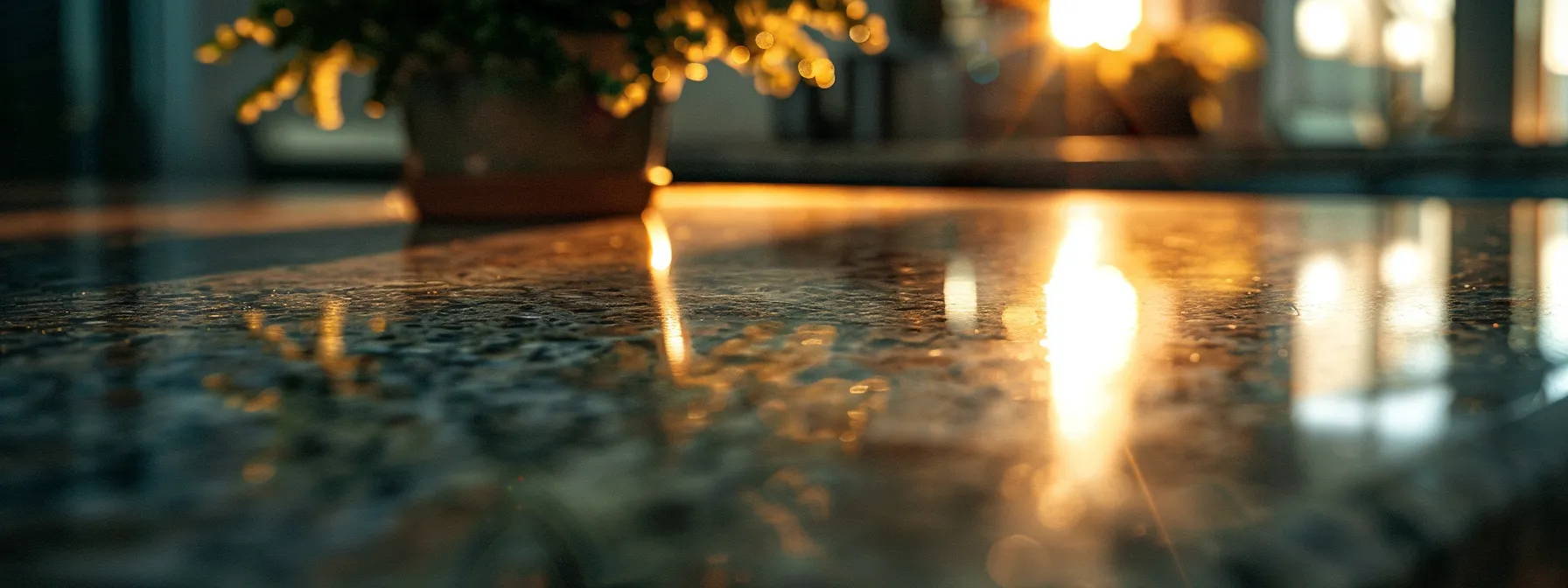
Your choice of resurfacing materials greatly affects the overall cost of your benchtop project. Comparing different options such as wood veneer, butcher block, solid surface, and tile will help you understand how each material meets your style and budget needs. It’s essential to consider durability versus cost when selecting the right material, ensuring you make an informed decision that aligns with your vision.
This section will cover practical insights on various resurfacing materials and their impact on costs, guiding you toward a choice that balances aesthetics and functionality.
Comparing Different Resurfacing Materials
Your choice of resurfacing materials plays a significant role in determining the cost of your benchtop project. Options such as porcelain and granite each come with distinct advantages and price points. For example, granite is valued for its durability and natural beauty, making it a popular choice that can enhance your home’s aesthetic appeal and provide a strong return on investment.
Another versatile option is epoxy, which can offer a modern look at a relatively lower cost compared to natural stones. It can be customized in various colors and patterns, allowing you to achieve a unique finish that resonates with your style while also addressing any budget constraints. Consider polymer materials as well, which offer excellent durability and resistance to everyday wear, making them ideal for high-traffic areas.
When comparing these materials, it is helpful to assess their overall performance and maintenance needs. Different materials offer varying levels of upkeep; for instance, granite may require sealing over time, while epoxy provides a more low-maintenance solution. By weighing the pros and cons of each option, you can make an informed decision that balances aesthetics, functionality, and cost:
Durability vs. Cost: Selecting the Right Material
When choosing the right material for your benchtop resurfacing, striking a balance between durability and cost is essential. For instance, stainless steel offers exceptional resilience and a modern aesthetic that can withstand high temperatures and spills. However, its price point may be higher compared to other materials, which is something to consider if you’re working within a specific budget.
Understanding the role of maintenance also plays a crucial part in your decision-making. Materials like granite require regular sealing to maintain their appearance, while coatings using sandpaper techniques can help preserve the quality of laminate surfaces. Evaluating the upkeep involved with each material will help you decide which one fits your lifestyle and cabinetry needs best.
Finally, think about how your chosen material will work with the overall design of your space, including lighting considerations. A durable countertop can enhance the visual appeal of your kitchen or bathroom, especially when combined with appropriate cabinetry. Make sure to select a material that complements not just your style but also the practical demands of your daily use.
Choosing the right resurfacing materials shapes the overall cost of your project. But remember, the condition of your surfaces and how they need to be prepared will still play a key role in achieving a lasting finish.
Surface Condition and Preparation Requirements Matter
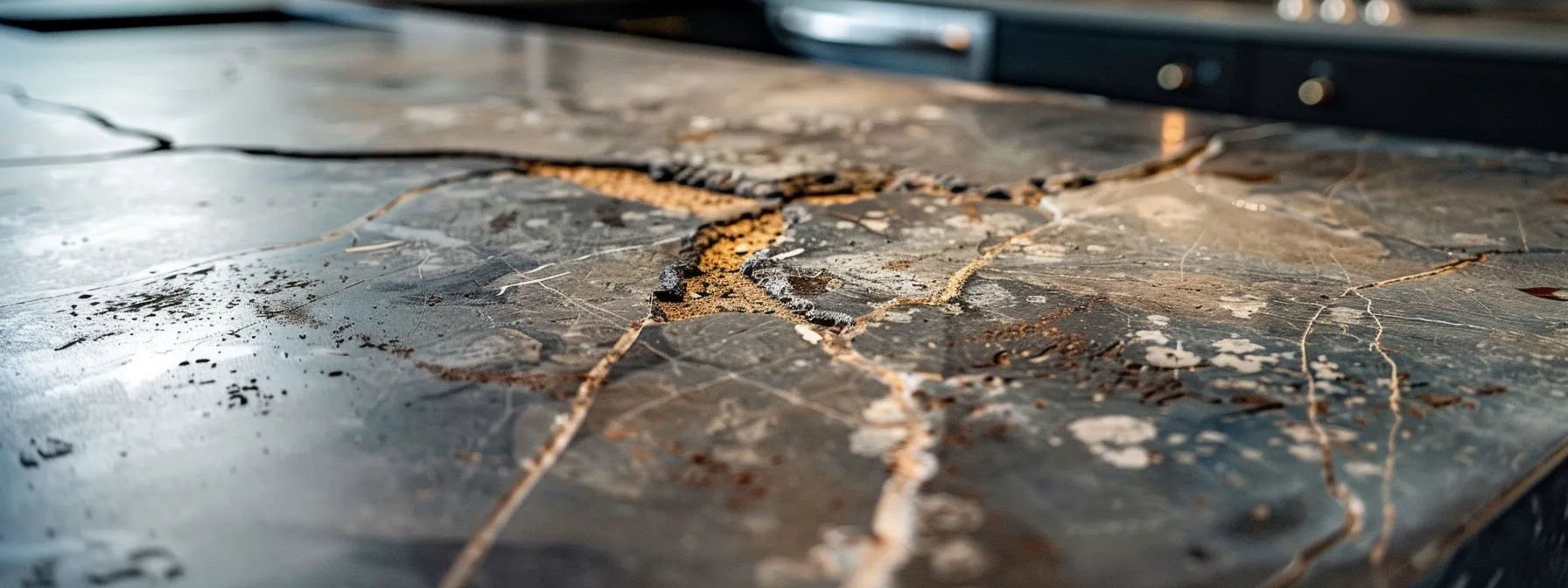
Assessing the current state of your benchtop is essential for determining resurfacing costs. Look for any damage or wear that may require repairs before starting the project. These necessary repairs can influence the final price and impact how well your new surface adheres, ensuring a lasting finish that enhances your kitchen or pantry design.
Understanding the condition of your benchtop lets you prepare effectively, aligning your expectations with your budget while facilitating a smooth resurfacing process. By considering these factors, you equip yourself with the knowledge needed to make informed decisions, potentially leading to a better outcome for your home improvement project.
Assessing the Current State of Your Benchtop
Assessing the current state of your benchtop is a critical step in your renovation process. Begin by inspecting for any visible signs of damage such as scratches, chips, or signs of wear. These imperfections can affect the longevity of the resurfacing project and influence the adhesive‘s ability to bond effectively with the new surface.
If your benchtop is made from materials like wood or particle board, check for moisture damage or warping. These issues may require significant repairs or even replacement of parts to ensure a solid foundation for resurfacing. Ignoring these factors could lead to poor results and additional costs down the line.
Understanding the condition of your benchtop allows you to plan effectively for your resurfacing project. A thorough assessment helps identify the necessary prep work, ensuring that your renovation aligns with your expectations and remains within budget. By addressing these aspects early, you set the stage for a successful transformation that enhances both the aesthetics and functionality of your space.
Necessary Repairs Before Resurfacing
Before you start resurfacing your benchtop, it’s essential to assess and address any necessary repairs. Look for signs of wear such as cracks or chips, especially near complex areas such as around the cooktop or drawers. These damages can compromise the bond between the resurfacing material and the existing surface, potentially leading to peeling or other issues down the line.
If your benchtop is constructed from plywood or another material prone to damage, ensure you check for moisture damage or warping. Repairing these issues not only enhances the integrity of your benchtop but also minimizes future maintenance complexities. Sanding down rough patches may be necessary to create a smooth base for the new surface.
Taking the time to perform these repairs beforehand can save you money in the long run. Each layer of prep work reduces the chances of needing additional resurfacing due to underlying problems. By proactively addressing these concerns, you can ensure a successful resurfacing project that meets your aesthetic and functional needs:
Understanding how surfaces need to be prepared is crucial for a successful project. Now, let’s examine how the skills of professionals can influence your total labor costs.
How Professional Expertise Affects Labor Costs
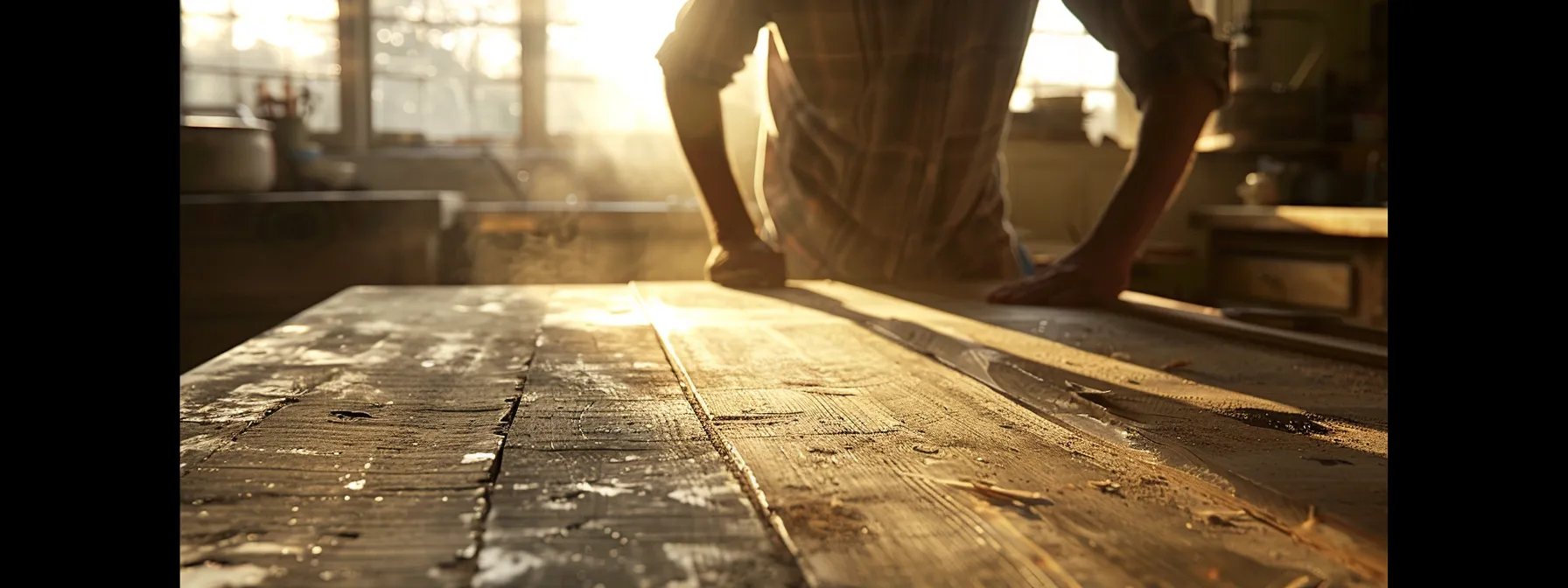
Hiring skilled professionals for your benchtop resurfacing project is crucial, as their expertise directly impacts labor costs. Homeowners must consider how labor rates can vary based on the complexity of the job and the experience of the general contractor. This section will discuss the importance of professional skills in handling issues like wear and water damage, ensuring a quality finish that enhances your solid wood surfaces.
Importance of Hiring Skilled Professionals
Hiring skilled professionals for your benchtop resurfacing project is vital, as they bring knowledge that directly impacts the quality and durability of the finished product. Their expertise ensures that lifting and molding, especially around elements like a lazy Susan, are executed with precision, providing a seamless look that enhances the overall aesthetic of your kitchen or bathroom. Moreover, experienced professionals can assess the condition of your surface and recommend the appropriate sealant to protect against future wear and tear.
Professionals not only understand the necessary techniques for resurfacing but are also familiar with various materials, including oak, which can significantly influence the project’s outcome. Their ability to navigate different requirements and preferences ensures that your design vision is fully realized while adhering to budgetary constraints. By employing a knowledgeable team, you gain access to high-quality materials and finishes, thereby increasing your home improvement project’s overall value and longevity.
Ultimately, investing in professional expertise safeguards your investment while aligning the resurfacing process with your needs. Their careful handling of repairs and precise application techniques can lead to outstanding results, making sure your benchtop looks impeccable and functions well for years to come. The cost of hiring professionals may seem higher, but it’s a strategic choice that pays off in reliability and appearance:
How Labor Rates Affect Overall Cost
The labor rates for your benchtop resurfacing project can have a significant impact on the overall cost. Skilled professionals command higher rates due to their expertise in working with materials such as slate and thermofoil, ensuring a flawless application that enhances your kitchen or bathroom makeover. Understanding how these rates align with the quality of work helps you make informed decisions about your renovations.
When you consider hiring a contractor, keep in mind that brand reputation also influences labor costs. Established brands often provide trained professionals who use the latest techniques and tools, meaning you pay a premium for their services. This investment can lead to enhanced aesthetic appeal, such as precisely applied crown molding, which can elevate the look of your space considerably.
Ultimately, the complexity of your project will dictate how labor rates fit into your budget. For example, if your benchtop requires intricate designs or repairs, the labor costs can rise due to the increased skill and time necessary. By understanding the relationship between labor rates and project specifics, you can budget more effectively for your resurfacing needs:
Expertise shapes costs in ways you might not expect. From here, you’ll see how where you live can change the price of resurfacing, making location just as important.
How Location and Accessibility Influence Resurfacing Cost
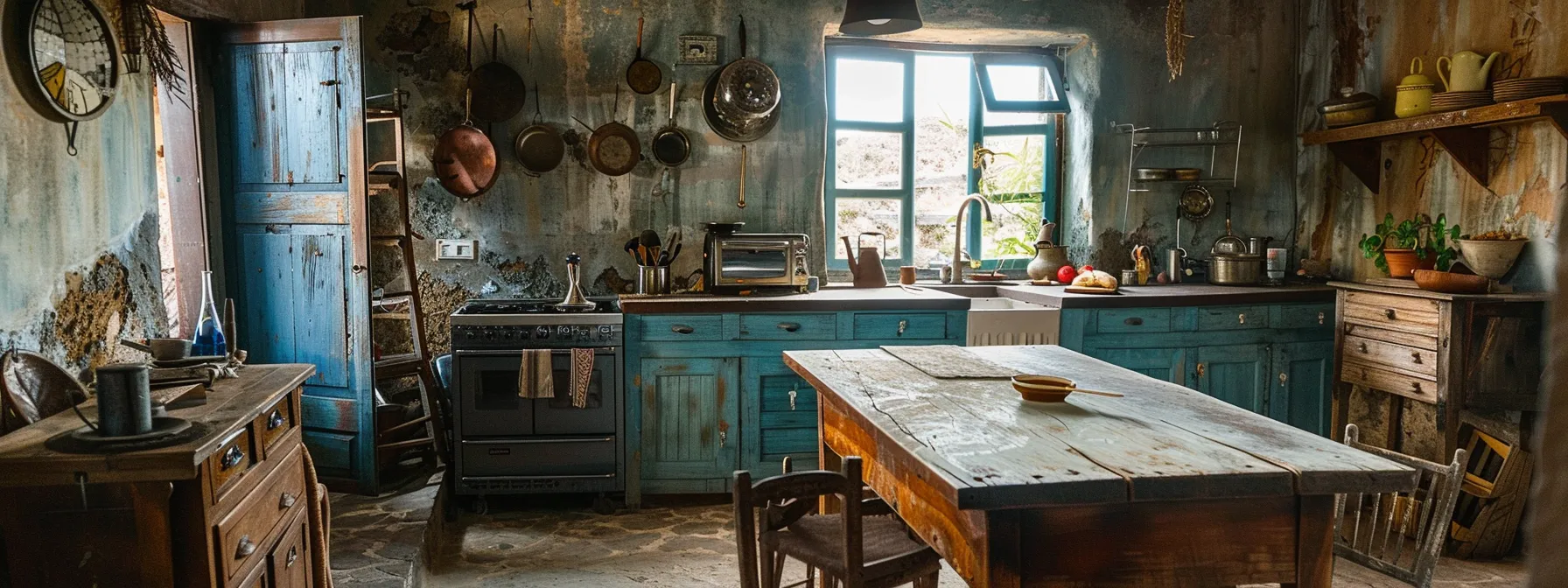
Your geographic location plays a significant role in determining the cost of your benchtop resurfacing. Prices can vary based on local market rates and availability of materials. Additionally, accessibility challenges at your home, especially in kitchens and bathrooms, can affect labor time and expenses. Understanding these factors will help you better estimate costs for your kitchen remodel.
This section will explore how geographic factors influence pricing and the potential difficulties that arise from accessing your benchtop area, including any unique challenges that may require specialized tools or techniques, such as concrete resurfacing.
Effect of Geographic Location on Pricing
Your geographic location plays a significant role in shaping the cost of your benchtop resurfacing project. Areas with higher demand for kitchen remodeling services often see increased prices due to the competition among contractors. If you live in a metropolitan region, the availability of materials like ceramic or porcelain tile may also be impacted, leading to variations in cost compared to rural settings where resources might be more limited.
Accessibility to your home and the specific layout of your kitchen can further influence the overall resurfacing price. If your benchtop is situated in a tight space, contractors may need specialized tools to navigate the area effectively, increasing labor time and costs. Additionally, if your existing surface shows signs of mold or requires extensive cleaning, this might lead to added expenses on top of the standard resurfacing services.
Keep in mind that regional material pricing can differ widely. While plastic substrates might be available at a lower cost in some areas, premium choices like natural stone or high-quality tiles can drive up your budget significantly. Understanding these geographic factors helps you plan more effectively for your kitchen remodeling project, ensuring you choose the right materials and services that fit your financial expectations.
Challenges With Benchtop Accessibility
When tackling a benchtop resurfacing project in a busy place like New York City, accessibility can present unique challenges. Limited space and tight corners can make it difficult for contractors to maneuver their equipment, affecting the time and effort needed to achieve proper adhesion. If your benchtop is situated near a stove or enclosed by cabinetry, ensuring that professionals can work efficiently becomes even more essential for a successful resurfacing job.
Dust control is crucial during the resurfacing process, especially in compact kitchen spaces. As the old surface is prepared for a new layer, fine dust can spread throughout your home, even into adjacent rooms. Being proactive about dust management strategies can minimize this issue, protecting your new Caesarstone or other chosen materials from potential damage caused by dust settling during application.
Further complicating matters is the potential need for specialized tools or techniques, especially in areas with high humidity or moisture levels. If your existing benchtop shows signs of water damage, repairs must be addressed prior to resurfacing to ensure a flawless outcome. Engaging professionals who understand these nuances not only enhances the durability of your new surface but also helps avoid costly mistakes that can arise from inadequate preparation or oversight.
Costs can shift based on where you are and how easy it is to get to the job. But there’s more at play—additional features and customizations can significantly enhance your space and impact the final price.
Additional Features and Customizations Add to Cost
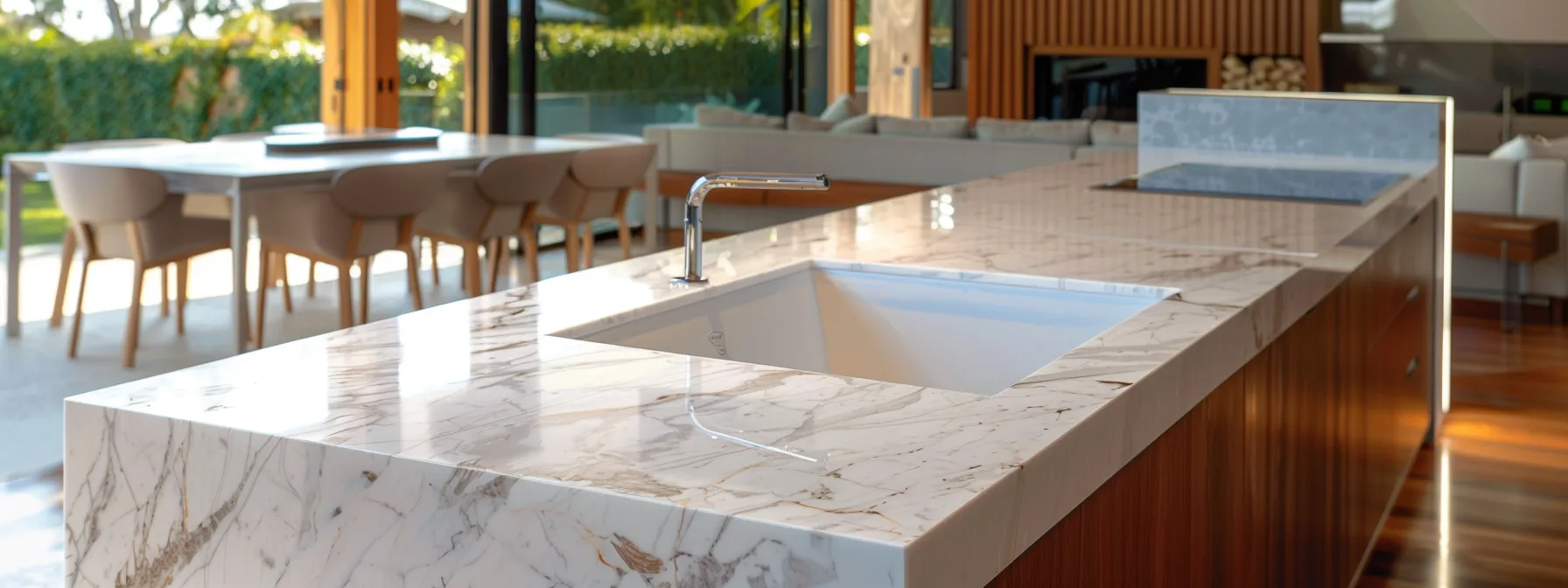
Incorporating unique design elements into your benchtop resurfacing can significantly affect the overall price. Customizations such as sink cutouts or specialized edge profiles add to labor and material costs. Understanding these factors ensures that your vision aligns with your budget while enhancing the functionality and aesthetics of your kitchen or bathroom space.
Incorporating Unique Design Elements
Incorporating unique design elements into your benchtop resurfacing can enhance both its appearance and functionality. Features such as sink cutouts or integrated drainage systems not only serve practical purposes but also elevate the overall aesthetic of your kitchen or bathroom. As you consider these additions, keep in mind that they will influence your final resurfacing price significantly.
Custom edge profiles can also add a distinctive touch to your benchtop. Options vary from sleek modern lines to more traditional, ornate styles. The selection you make can affect both the complexity of the work and the material costs involved, as some designs require specialized tools and techniques for precise execution.
When planning for your resurfacing project, think about how these unique elements will align with your overall vision. Balancing functionality and style ensures that you are not only investing in aesthetics but also in a practical solution that fits your everyday needs:
- Sink Cutouts
- Integrated Drainage Systems
- Custom Edge Profiles
- Personalized Surface Textures
- Unique Color Combinations
Costs for Extras Like Sink Cutouts or Edge Profiles
When planning your benchtop resurfacing project, it’s essential to consider the additional costs associated with customizations like sink cutouts and edge profiles. These features add both functionality and style but also contribute to the overall price of the job. For instance, creating a clean and precise sink cutout requires specialized tools and skilled craftsmanship, which can increase labor costs significantly.
Edge profiles offer another opportunity for customization, allowing you to choose a style that complements your kitchen or bathroom‘s design. Whether you prefer a sleek contemporary look or a more traditional style, each edge profile may entail different levels of labor and complexity, influencing your resurfacing price. The more intricate the design, the more time and expertise are needed for installation, which can lead to higher expenses.
Understanding these costs can help you budget effectively for your resurfacing project, ensuring you achieve the desired aesthetic without unexpected expenses. Consider the following extras that can influence your resurfacing budget:
- Sink Cutouts
- Integrated Drainage Systems
- Custom Edge Profiles
- Personalized Surface Textures
- Unique Color Combinations
Conclusion
Understanding what determines your benchtop resurfacing price is essential for effective budgeting and planning. Accurate measurements, material choices, and layout complexities directly impact costs, making it crucial to assess every detail before starting your project. Hiring skilled professionals ensures not just a flawless finish but also safeguards your investment for the long term. By being well-informed about these factors, you position yourself for a successful resurfacing experience that enhances the beauty and functionality of your kitchen or bathroom.
